
S(1,1) = 1
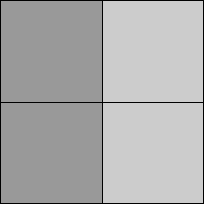
S(2,2) = 1
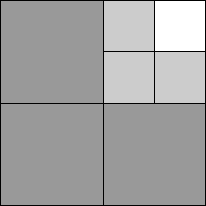
S(3,3) = 15/16 = .9375

S(4,4) = 1
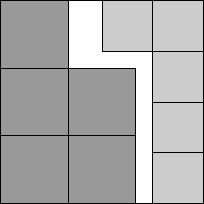
S(5,5) ≥ 125/144 = .868+
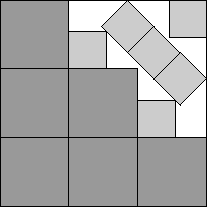
S(6,6) ≥ .862+
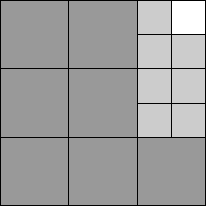
S(7,7) ≥ 35/36 = .972+
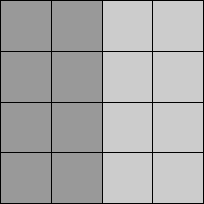
S(8,8) = 1
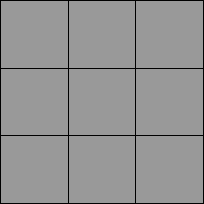
S(9,9) = 1
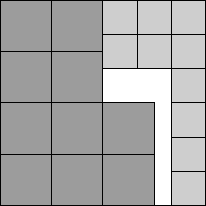
S(10,10) ≥ 65/72 = .902+
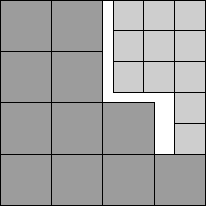
S(11,11) ≥ 187/200 = .935

S(12,12) ≥ 24/25 = .960
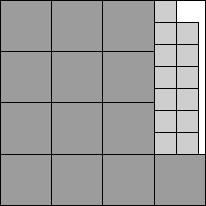
S(13,13) ≥ 377/392 = .961+
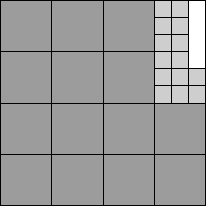
S(14,14) ≥ 35/36 = .972+
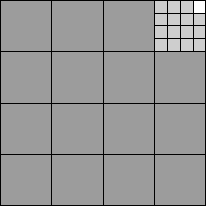
S(15,15) ≥ 255/256 = .996+
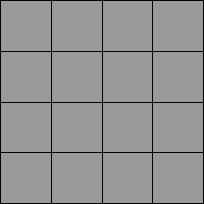
S(16,16) = 1
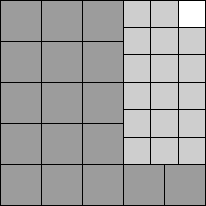
S(17,17) ≥ 221/225 = .982+
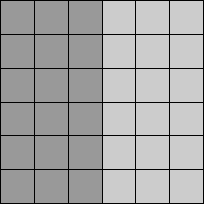
S(18,18) = 1
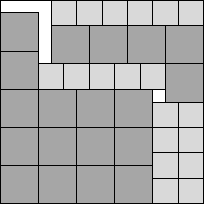
S(19,19) ≥ 247/256 = .964+
(David Cantrell)
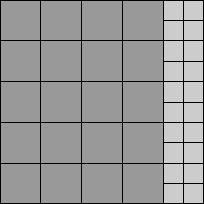
S(20,20) = 1
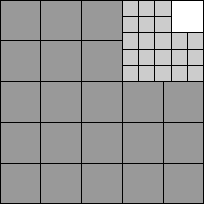
S(21,21) ≥ 609/625 = .974+
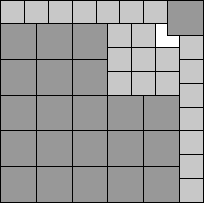
S(22,22) ≥ 286/289 = .989+
(Maurizio Morandi)
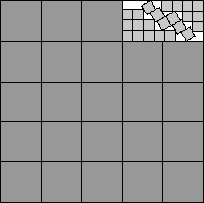
S(23,23) ≥ .982+
(Maurizio Morandi)
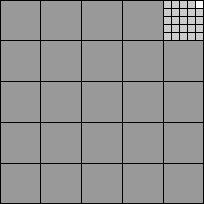
S(24,24) ≥ 624/625 = .998+
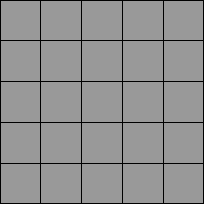
S(25,25) = 1
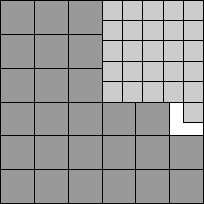
S(26,26) ≥ 221/225 = .982+
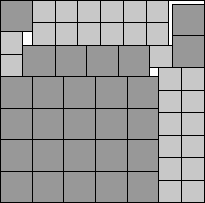
S(27,27) ≥ 74/75 = .986+
(Maurizio Morandi)

S(28,28) ≥ 952/961 = .990+
(Maurizio Morandi)
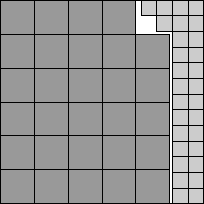
S(29,29) ≥ 5945/6084 = .977+
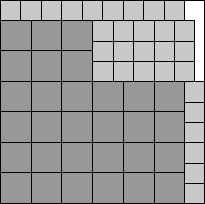
S(30,30) ≥ 39/40 = .975
(Maurizio Morandi)
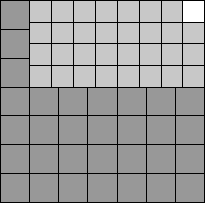
S(31,31) ≥ 775/784 = .988+
(Maurizio Morandi)
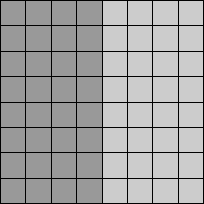
S(32,32) = 1
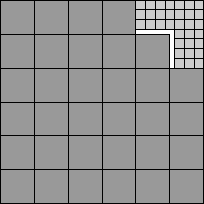
S(33,33) ≥ 583/588 = .991+
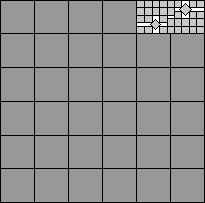
S(34,34) ≥ .991+
(Maurizio Morandi)
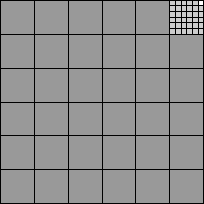
S(35,35) ≥ 1295/1296 = .999+
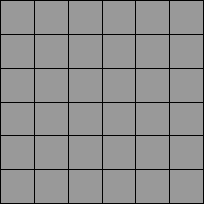
S(36,36) = 1

S(37,37) ≥ 481/484 = .993+
(Maurizio Morandi)
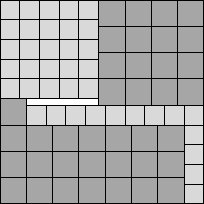
S(38,38) ≥ 950/961 = .988+
(David Cantrell)
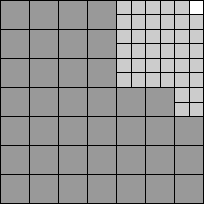
S(39,39) ≥ 195/196 = .994+
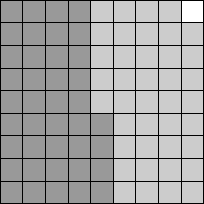
S(40,40) ≥ 80/81 = .987+
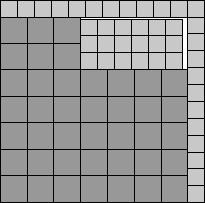
S(41,41) ≥ 3485/3528 = .987+
(Maurizio Morandi)
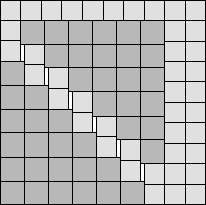
S(42,42) ≥ 119/120 = .991+
(Maurizio Morandi)
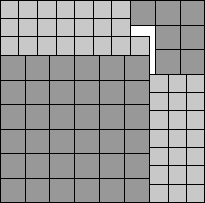
S(43,43) ≥ 1075/1089 = .987+
(Maurizio Morandi)
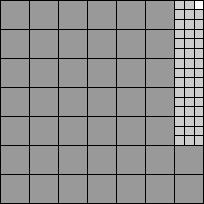
S(44,44) ≥ 440/441 = .997+
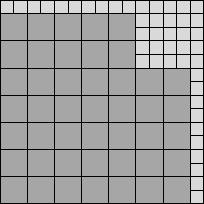
S(45,45) = 1
(David Cantrell)
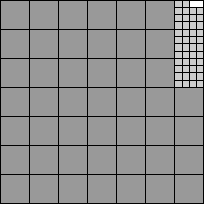
S(46,46) ≥ 391/392 = .997+
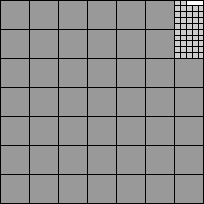
S(47,47) ≥ 1222/1225 = .997+
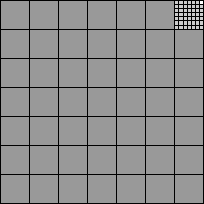
S(48,48) ≥ 2400/2401 = .999+
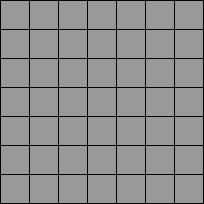
S(49,49) = 1
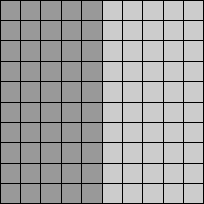
S(50,50) = 1

S(51,51) ≥ 255/256 = .996+
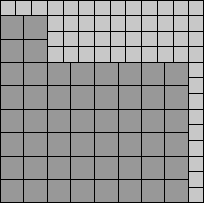
S(52,52) = 1
(Maurizio Morandi)
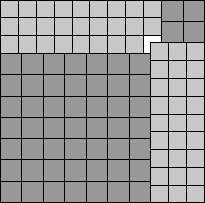
S(53,53) ≥ 3233/3249 = .995+
(Maurizio Morandi)
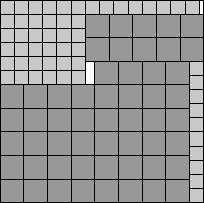
S(54,54) ≥ 1836/1849 = .992+
(Maurizio Morandi)
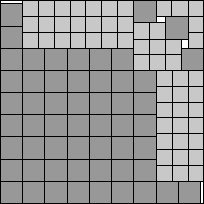
S(55,55) ≥ 2035/2048 = .993+
(Maurizio Morandi)
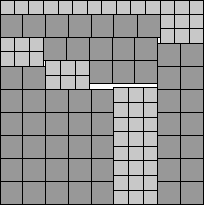
S(56,56) ≥ 340/343 = .991+
(Maurizio Morandi)
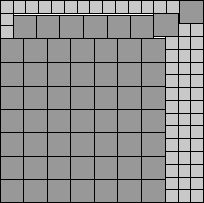
S(57,57) ≥ 471/475 = .991+
(Maurizio Morandi)
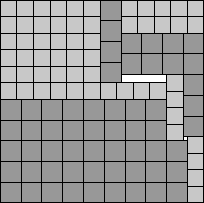
S(58,58) ≥ 2378/2401 = .990+
(Maurizio Morandi)
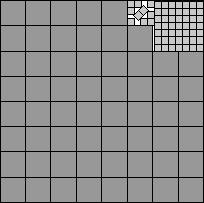
S(59,59) ≥ 20591/20736 = .993+
(Maurizio Morandi)
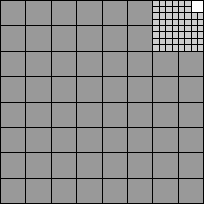
S(60,60) ≥ 255/256 = .996+
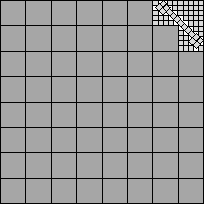
S(61,61) ≥ .992+
(David Cantrell)
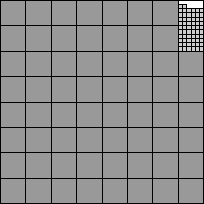
S(62,62) ≥ 1147/1152 = .995+
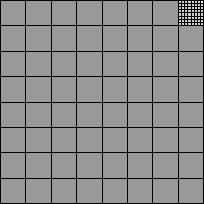
S(63,63) ≥ 4095/4096 = .999+
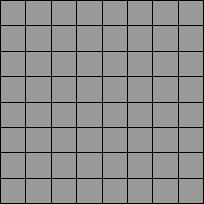
S(64,64) = 1
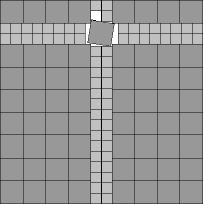
S(65,65) ≥ .990+
(Maurizio Morandi)
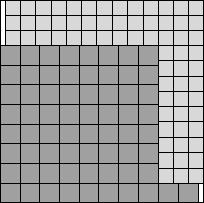
S(66,66) ≥ 2860/2883 = .992+
(Maurizio Morandi)
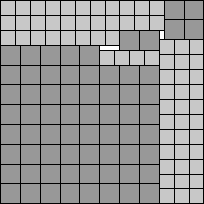
S(67,67) ≥ 1675/1681 = .996+
(Maurizio Morandi)
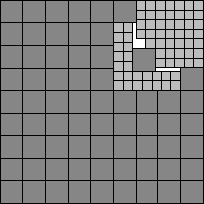
S(68,68) ≥ 3944/3969 = .993+
(Maurizio Morandi)
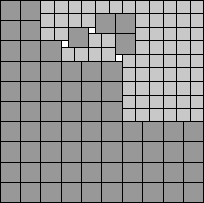
S(69,69) ≥ 299/300 = .996+
(Maurizio Morandi)
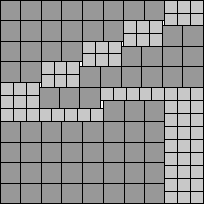
S(70,70) ≥ 6230/6241 = .998+
(Maurizio Morandi)
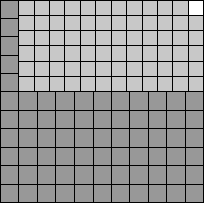
S(71,71) ≥ 4331/4356 = .994+
(Maurizio Morandi)

S(72,72) = 1

S(73,73) ≥ 25769/25921 = .994+
(Maurizio Morandi)
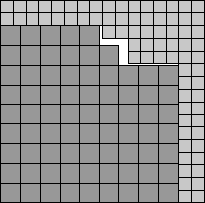
S(74,74) ≥ 10249/10368 = .988+
(Maurizio Morandi)
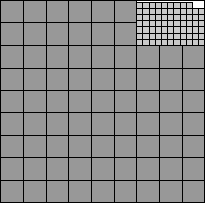
S(75,75) ≥ 3250/3267 = .994+
(Maurizio Morandi)
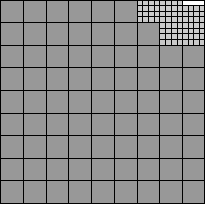
S(76,76) ≥ 323/324 = .996+
(Maurizio Morandi)
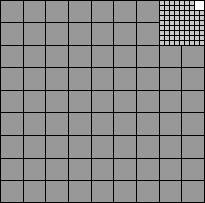
S(77,77) ≥ 6545/6561 = .997+
(Maurizio Morandi)
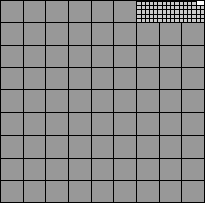
S(78,78) ≥ 3445/3456 = .996+
(Maurizio Morandi)
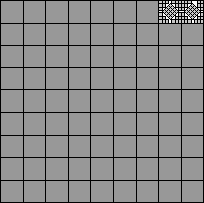
S(79,79) ≥ .996+
(Maurizio Morandi)
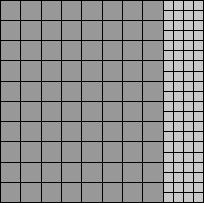
S(80,80) = 1
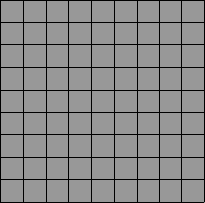
S(81,81) = 1
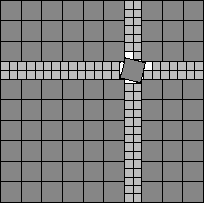
S(82,82) .994+
(Maurizio Morandi)
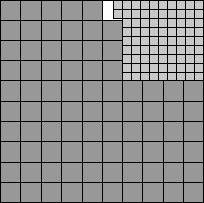
S(83,83) ≥ 8051/8100 = .993+
(Maurizio Morandi)
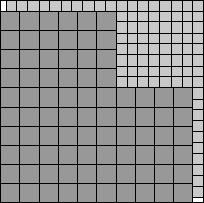
S(84,84) ≥ 1365/1369 = .997+
(Maurizio Morandi)

S(85,85) ≥ 1445/1458 = .991+
(Maurizio Morandi)
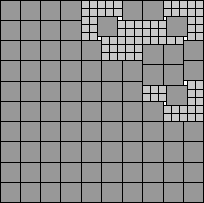
S(86,86) ≥ 1247/1250 = .997+
(Maurizio Morandi)
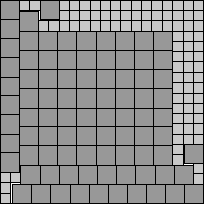
S(87,87) ≥ 3161/3174 = .995+
(Maurizio Morandi)

S(88,88) ≥ 440/441 = .997+
(Maurizio Morandi)
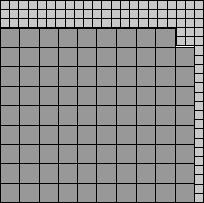
S(89,89) ≥ 48149/48400 = .994+
(Maurizio Morandi)
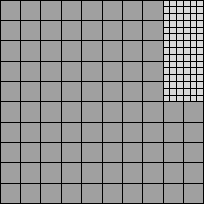
S(90,90) = 1
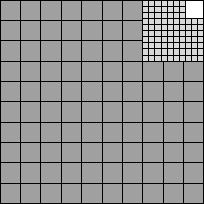
S(91,91) ≥ 9919/10000 = .991+

S(92,92) ≥ 391/392 = .997+
(Maurizio Morandi)
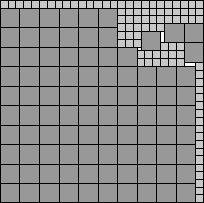
S(93,93) ≥ 2697/2704 = .997+
(Maurizio Morandi)
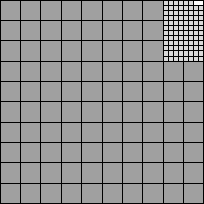
S(94,94) ≥ 799/800 = .998+
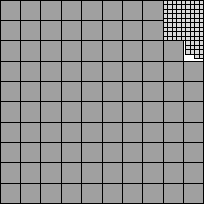
S(95,95) ≥ 323/324 = .996+
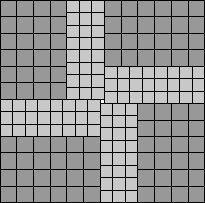
S(96,96) ≥ 2400/2401 = .999+
(Maurizio Morandi)
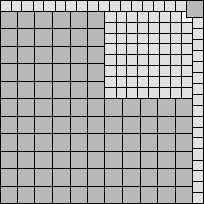
S(97,97) ≥ 8633/8649 = .998+
(Maurizio Morandi)
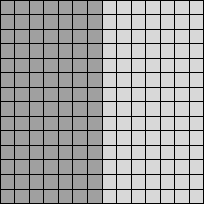
S(98,98) = 1
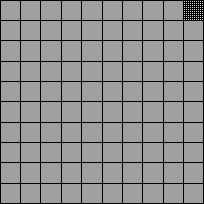
S(99,99) ≥ 9999/10000 = .999+
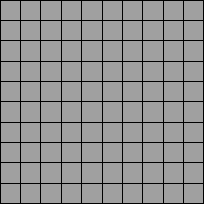
S(100,100) = 1